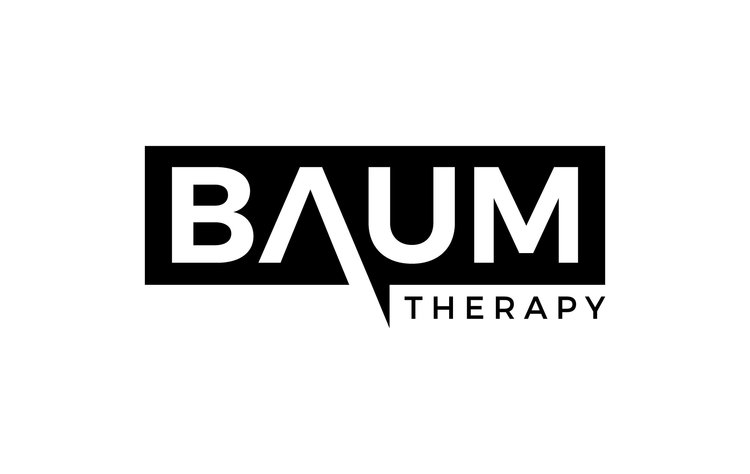Flossing: For Mobility
Hey there! Have you heard of flossing? Nope, we don’t mean your teeth (although I hope you are flossing daily), and we don’t mean that cool dance the kids are doing these days (although send us your best moves and maybe we will feature you on our social media), we mean soft tissue flossing. Not sure what that is? Keep reading to find out more!
Soft Tissue Flossing
Soft tissue flossing, or blood flow restriction therapy, is one of many manual therapy tools that is growing in popularity. The surges in popularity of CrossFit can be credited with the growing popularity of flossing, but this technique is now being adopted by biohackers, bodybuilders, and more. Soft tissue flossing therapy is achieved through using floss bands (wide latex bands made specifically for this activity) on joints and/or extremities to disrupt blood flow while performing a variety of movements such as flexion and extension or abduction and adduction.
How to Floss
Flossing can be self-administered and is easy to incorporate into your mobility routine. To begin flossing follow these basic steps:
1. Determine the target area – usually an extremity that you are trying to increase the range of motion, improve mobility, or decrease pain/injury on.
2. Firmly wrap the floss band around towards the heart (distal to proximal)
3. Keep band on for a few minutes and move through an active or passive range of motion
4. Remove band
As always, before starting a new routine, we recommend you speak to your doctor or licensed professional. If at any time you feel numbness, pins and needles, or see visible signs of extreme blood loss to your body – remove the band immediately.
Why Flossing?
Like most trendy new(ish) forms of self-care and biohacking – there is not a ton of research on flossing, but those who love it know it works almost immediately. Flossing can help:
· Boost mobility – flossing is another form of myofascial release; by restricting then reestablishing blood flow, you are removing the buildup in between your muscles and your fascia (much like flossing your teeth – get it?!).
· Recover faster – the magic of flossing happens when that blood moves back in. The “whoosh” of blood provides nutrients and oxygen to get to an injury faster and promote healing.
· Increase range of motion – sometimes that sticky feeling of a tight range of motion is due to build up like lactic acid or scar tissue. An immediate rush of blood from the restriction and removal of a flossing band helps to clear that build up that is causing inflammation.
Flossing is a great addition to any recovery tool kit. Move more with less pain! YouTube has plenty of videos showing great flossing technique if you are interested in learning more!
